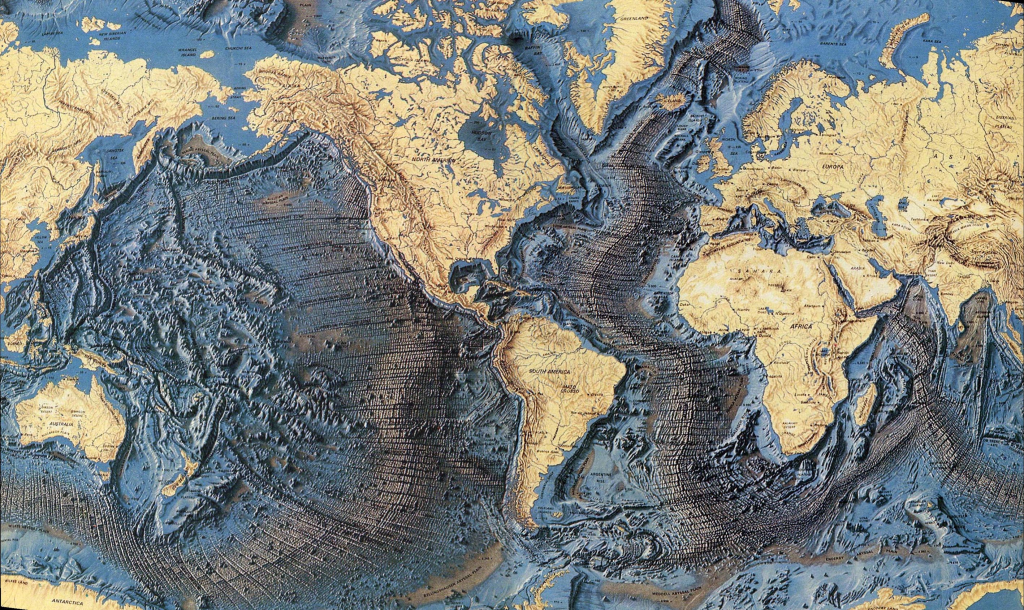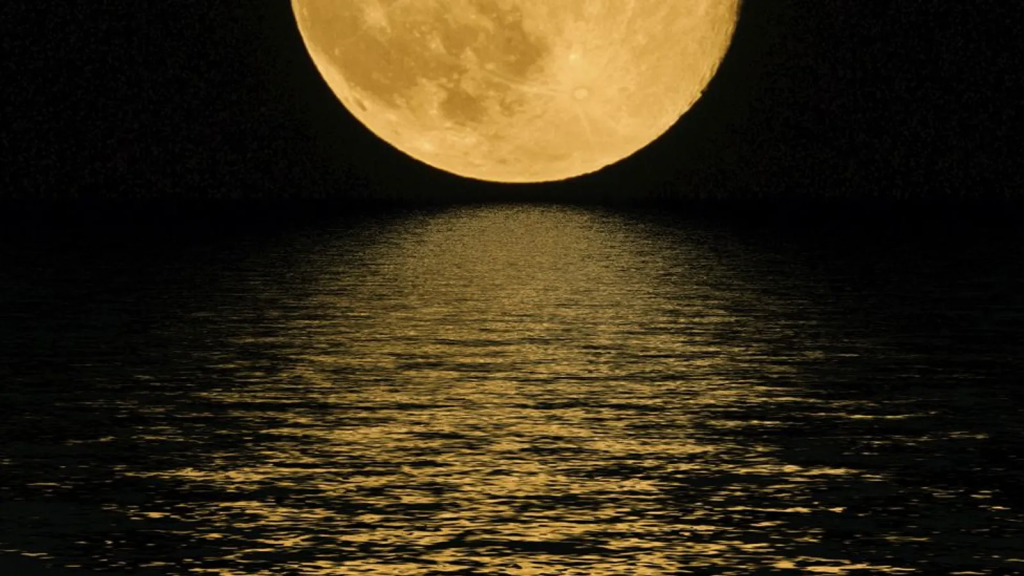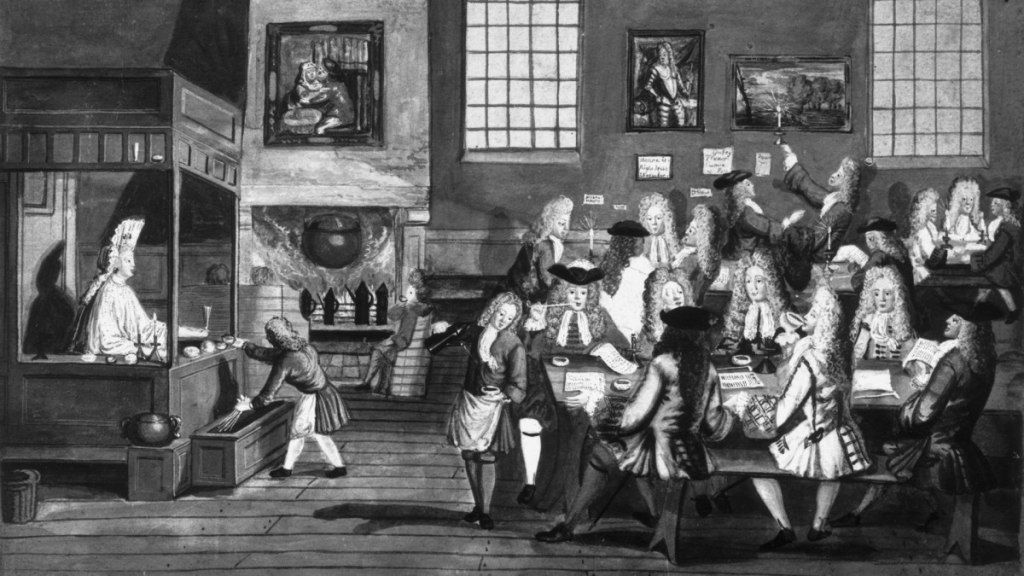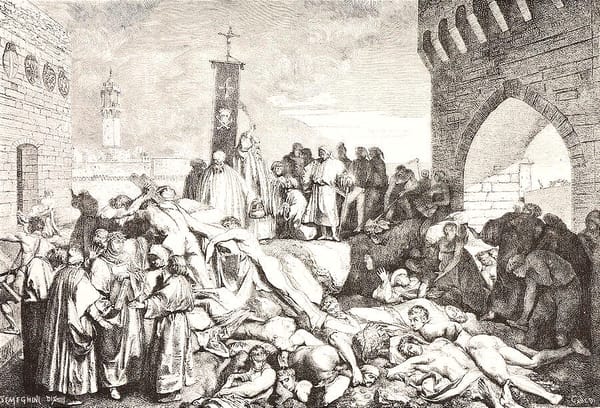One woman's discovery shook the foundations of geology

Marie Tharp spent the fall of 1952 hunched over a drafting table, surrounded by charts, graphs, and jars of India ink. Nearby, spread across several additional tables, lay her project—the largest and most detailed map ever produced of a part of the world no one had ever seen. For centuries, scientists had believed that the ocean floor was basically flat and featureless—it was too far beyond reach to know otherwise. But the advent of sonar had changed everything. For the first time, ships could “sound out” the precise depths of the ocean below them. For five years, Tharp’s colleagues at Columbia University had been crisscrossing the Atlantic, recording its depths. Women weren’t allowed on these research trips—the lab director considered them bad luck at sea—so Tharp wasn’t on board. Instead, she stayed in the lab, meticulously checking and plotting the ships’ raw findings, a mass of data so large it was printed on a 5,000-foot scroll.
New York City is filled with labyrinths — if you know where to look
Labyrinths are ancient, enigmatic patterns with a history going back at least 4,000 years — and they are all around New York City, often hidden in plain sight, until you know how to look for them. There are a few dozen in the greater metro area and a passionate community of labyrinth enthusiasts that traverse them. The city’s labyrinths can be found in churches, parks, even painted on sidewalks. The biggest misconception about a labyrinth is that it's the same as a maze, a structure designed for confusion. A labyrinth has only one path — making it unicursal, as opposed to a multicursal maze. There are no choices to make in a labyrinth, and it's often painted or set into the ground, with no walls. “A maze is meant to make you lose your way and a labyrinth is meant to help you find your way,” said Kathryn McLean, the research chair of the nonprofit Labyrinth Society.

Lost in Translation: Words with odd meanings
Mangata is a Swedish term for "the road-like reflection of the moon in the water," while Akihi is a Hawaiian word expressing a situation familiar to many – the forgetfulness felt immediately after being given directions. The Welsh term Hiraeth has similarities with the word ‘saudade’, describing a sense of melancholy and wistfulness for a place that never was. An Inuit noun, Iktsuarpok exists “somewhere between impatience and anticipation”. The German expression Kummerspeck – meaning ‘grief bacon’ – refers to the excess weight gained from emotional over-eating. The Finnish word Poronkusema describes ‘the distance a reindeer can comfortably travel before taking a break’, while Pisan Zapra is a Malay term referring to ‘the time needed to eat a banana’. The Japanese expression Tsundoku means “leaving a book unread after buying it."

The coffee house gave birth to modern media
In an unpublished chapter of his book Attention Merchants, Tim Wu — the Canadian-born Columbia law professor who coined the term "net neutrality — wrote about the genesis of the coffee shop: "In 1654, on Queen’s Lane in Oxford, a Jewish immigrant from Syria named Cirques Jobson opened a new kind of business. It was, at the time, just the second in Oxford and among the very first in Europe outside of Turkey. On the outside, it looked just like a normal house, because it was, in fact, Jobson’s house. But in a large room on the first floor, Jobson had opened a space that was among the very first to fuse English and Ottoman traditions in a manner that would come to transform civilization as we know it. Jobson’s house had tables and chairs for patrons, and between the tables and the kitchen, young boys bringing patrons a new and exotic drink, then called kahveh or caffe, "a Turkish kind of drink made of water and some berry or Turkish beane… It is somewhat hot and unpleasant."

It took 30 years for a pioneering trans musician to be appreciated
That polyglot musician Glenn Copeland now tours the world for thousands of fans is relatively astonishing; for most of his life, the world wasn’t ready for him. Starting in the 1970s, he worked for nearly three decades as a comedic actor and musical contributor on Canada’s beloved children’s show Mr. Dressup, and later on Sesame Street and other similar shows. On his own time, he was making off-kilter music to far less attention, including two gnarled psych-folk albums filled with rollicking vocal performances and jazz-infused accompaniment, a bass-popping soul EP, as well as a new agey cassette of warm synth loops and drum-machine claps. Eventually, he even stopped working on children’s television, where he felt out of time in his inability to live publicly as a transgender man. (He was born Beverly Glenn-Copeland, the name he still uses to release his music.)

A globe-trotting socialite was the first American woman captured by the Nazis
While most of her classmates were celebrating their high school graduations with debutante parties in New York City, 18-year-old Gertie instead insisted on an adventure out west. Shooting had been a part of her life since she’d picked off birds as a young girl wintering at the family home in South Carolina. Over the next seven years, Gertie would continue to hunt in Alaska and Canada — black and Kodiak bears, moose, caribou, mountain sheep and goats. Throughout the 1930s, she led multiple grueling hunting expeditions in Africa and Asia. Sidney was commissioned as a lieutenant in the Navy Reserve in early April 1942 and assigned to intelligence duties in Hawaii. Finally, in September 1944, she got her wish: orders to join the new OSS office in Paris, where she would also manage communications. Gertie feared that the military campaign would end before she could witness the U.S. Army on the march.

Dog doesn't need anyone to throw the ball
this independent good boy don't need no human pic.twitter.com/DAHKTMLB2B
— The Woof World (@TheWoofWorld) March 19, 2023



